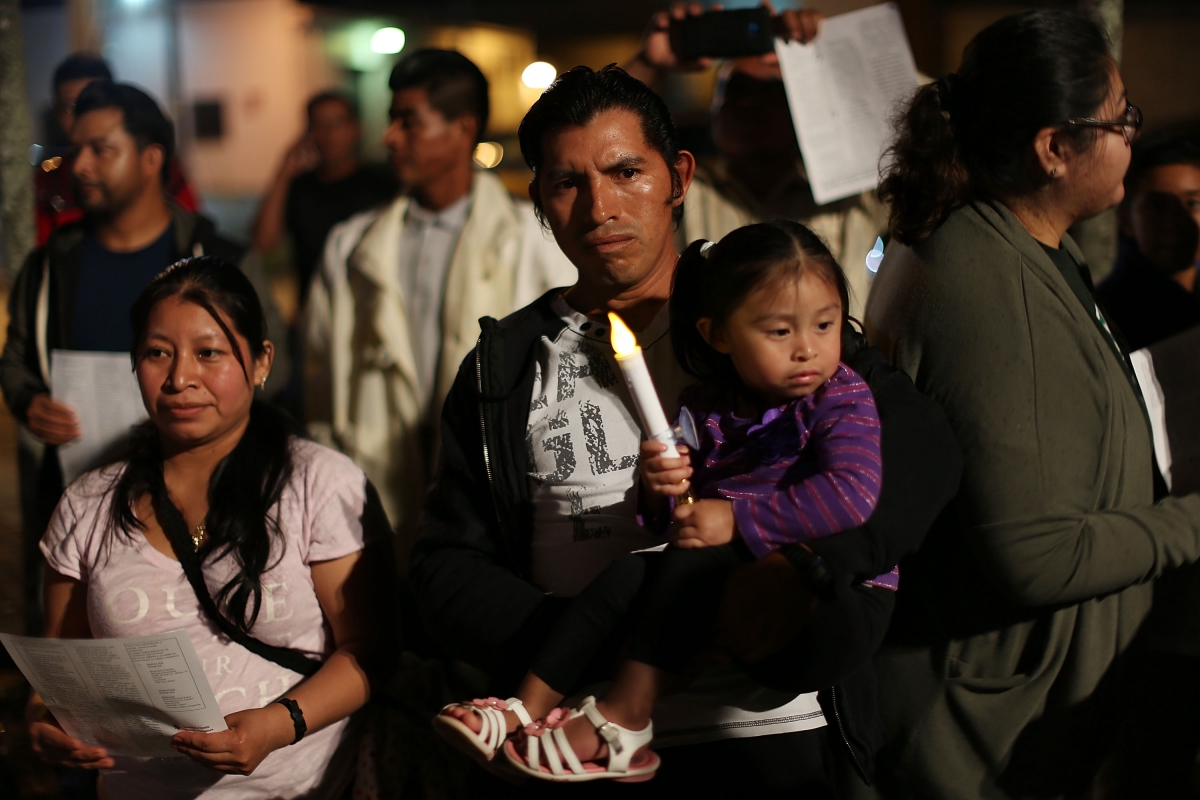
Fewer Immigrants, But More Undocumented Migrants
(Mexico) on 28 November 2017
by Andrew Selee (link to original)
But of those who are undocumented, more than a million received a de facto legalization during the last two decades. A little more than 300,000 — the vast majority from El Salvador, Honduras and Haiti, and a few from Nicaragua, Sudan and other countries —received temporary protected status, also known as TPS, as a result of environmental crises in their countries. As part of this program, the president designated them as protected from deportation, and they were granted permits to work legally in the United States. Different presidents — Bill Clinton, George W. Bush and Barack Obama — made these designations because of conditions in those countries.
Meanwhile, during the Obama administration, almost 800,000 young people, 79 percent of them Mexican, received protection under the Deferred Action for Child Arrivals program, which is another temporary measure protecting against deportation that provides work permits. These youngsters, who sought protection under the DREAM Act* came as children to the United States in irregular ways.
So while there were around 11 million undocumented immigrants, nearly half being Mexican, in reality 1 million of them held work permits through TPS or DACA. When we say there are 5.5 million undocumented Mexicans in the U.S., there are actually fewer than 5 million, thanks to the protections granted to those with DACA status.
People covered under the two programs joined the labor market quite effectively, as shown in a recent report from the Migration Policy Institute, which followed the educational and employment paths of young “Dreamers” and those in TPS over 20 years old living and working in the United States.
Presently, everything seems to indicate that the Trump administration wants to put an end to these protections, leaving people without legal documented status. Last week, it was announced that the program would be cancelled for Haitians, which involves a little more than 50,000 people. It is almost certain the same will happen for some 200,000 Salvadorans in January, followed by Hondurans in April, a group of more than 50,000 people, when the time comes to decide if the program will be renewed or not.
The Trump administration's logic is not entirely wrong in the case of temporary protected status, which is supposedly a temporary protection but which has continued to be renewed for years and decades as if it were permanent. From a purely legalistic point of view, it would make sense to end the program at some point. But this program continued precisely because there is no clear alternative that makes sense for people covered by TPS who have effectively integrated into American society. We do not have a system to transfer legal status to those who are fully integrated but who have a temporary status.
Herein lies the main irony of these decisions. If the undocumented population has stabilized after growing for decades, everything shows that we are on the threshold of raising the number of people residing in the U.S. without documented status. It is clear that few of those who came from Central America and Haiti years ago and who became part of society and the labor market will go back to their countries of origin; still fewer of those protected under DACA status, many of whom have never even been to their countries of origin, would leave. Thus, the solution of revoking legal protection, although there exists a legal basis, lacks logical reasoning with regard to looking out for the good of society as a whole. It is, on the one hand, a completely solid legal argument—but on the other, a profoundly illogical and damaging public policy decision.
*Editor's note: The DREAM Act - Development, Relief and Education for Alien Minors - was a federal proposal that offered many of the same protections as DACA but was never approved in Congress.


